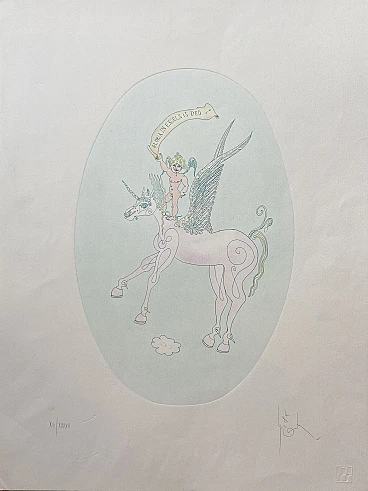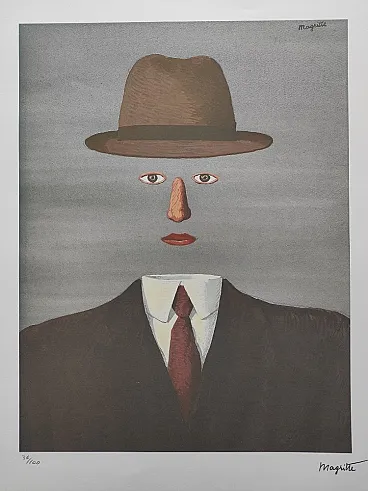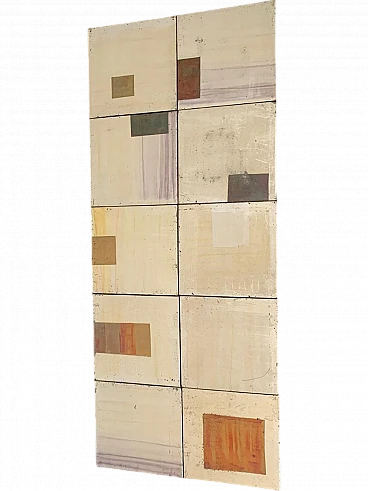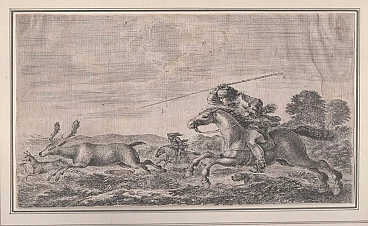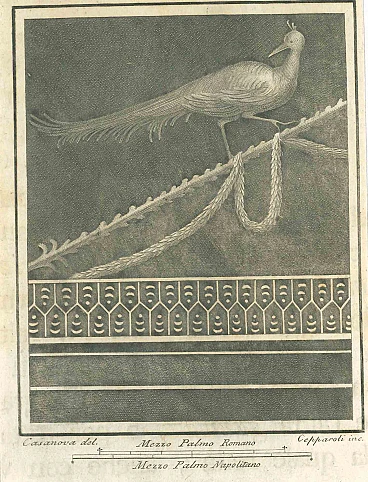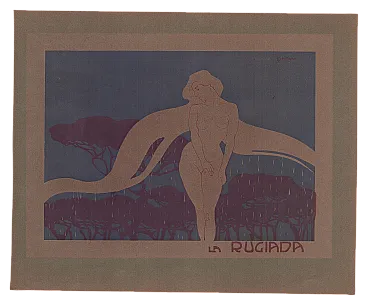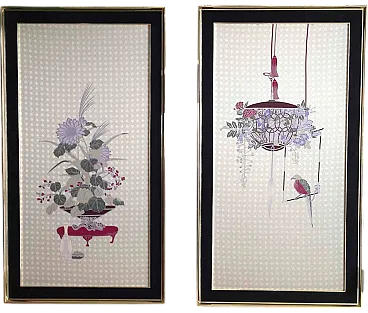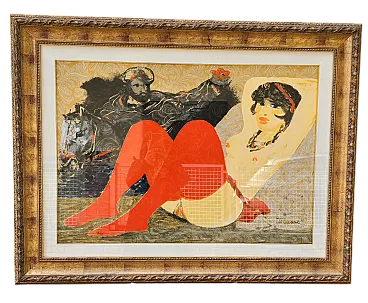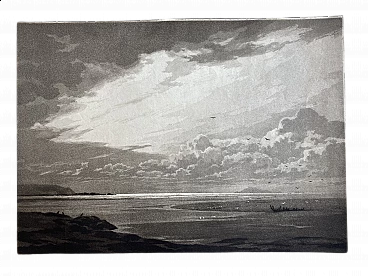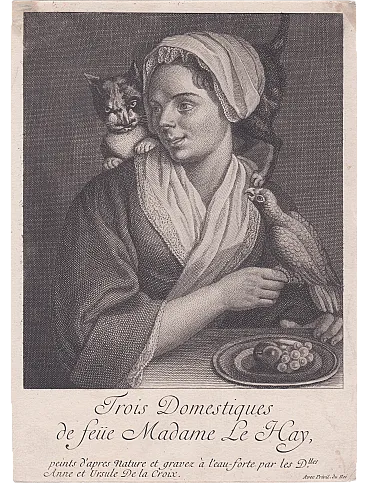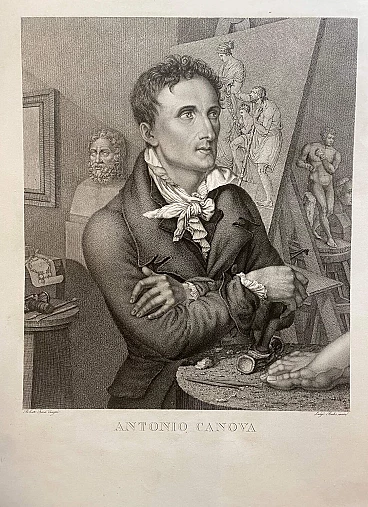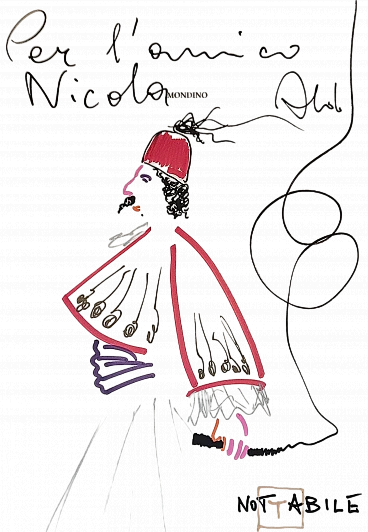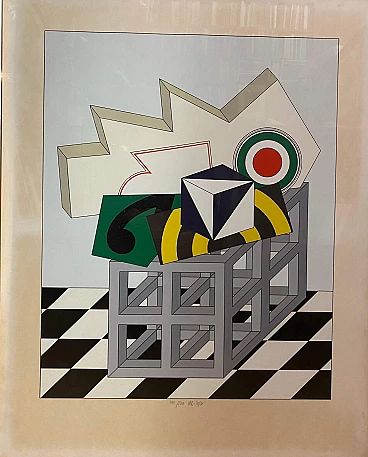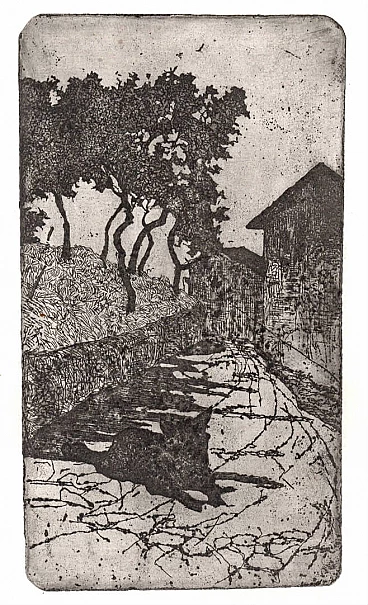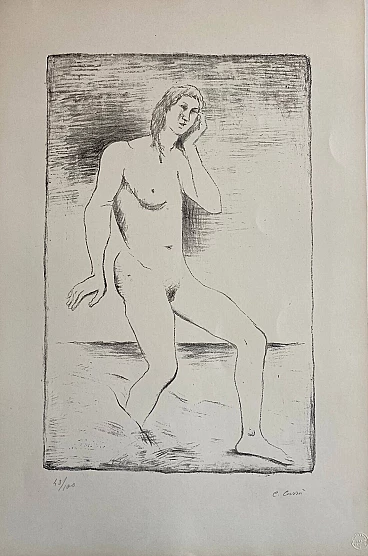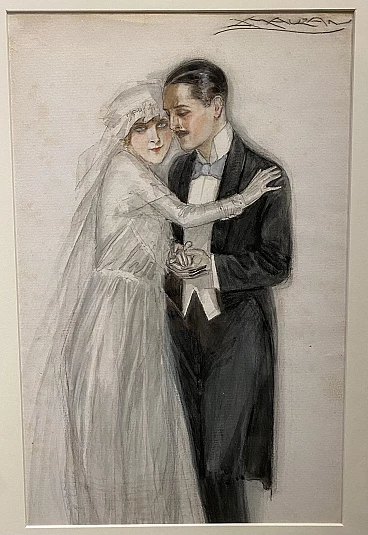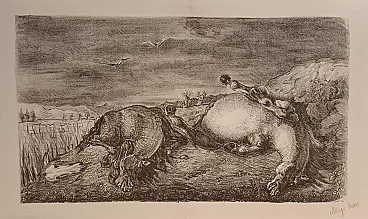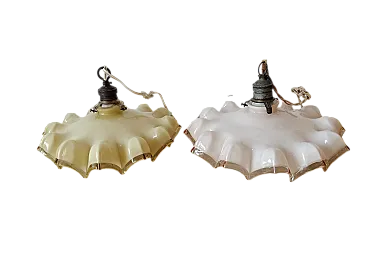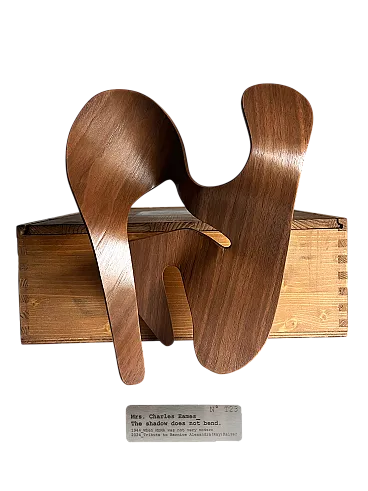Edgar Degas (Paris 1834 - Paris 1917) French painter, sculptor and printmaker noted among the leading exponents of Impressionism. He was born into an aristocratic French family and studied law. After graduating he decided to follow his artistic aspirations and registered as a copyist at the Louvre. In 1855 he managed to enter the École des Beaux-Arts, leaving it after only six months as he felt his personal language that he had perfected over time was stifled. He decided to travel to Italy to study and get closer to the greats of the Renaissance, visiting various cities such as Naples, Rome, Assisi and Florence. Returning to Paris in 1859, he befriended Édouard Manet, whom he had met at the Louvre, and came closer to the Realist and Impressionist movements. He participated in several Salons and in the independent exhibitions of the Impressionists, but unlike them he did not like to paint in open, natural spaces, he mostly painted closed environments of a romantic, snobbish and at times decadent Paris. He was a skilled engraver, demanding and experimental, attracted to the effects of light and chiaroscuro that could be modulated by modifying inks, papers and exploiting various techniques. In this print, the artist depicts a subject he loved and studied: a ballerina. The artist loved to investigate, especially at the beginning of his career, the poses that young ballerinas assumed during a ballet or at rehearsals. The intention was to be able to capture and represent the moment when bodies are distorted into disharmonic balances. Initially Degas chose the poses in an all too canonical manner, depicting them when the ballet is at its most impressive. He soon abandoned this sterile method of investigation and began to interpret the dancers' bodies in a more scientific manner. In other words, the chosen moment of depiction is no longer when they move with gracefulness and gracefulness in dance step, but when their limbs 'settle', leading to disharmonious, even grotesque positions. Degas, in fact, was keenly interested in the attitudes of women's bodies. He did not intend to sweeten or idealise them, as otherwise prescribed by a vision of art that had been stratifying for centuries; on the contrary, he captured them in a dramatically realistic manner, obscuring their grace and - indeed - often highlighting their clumsiness and physical limitations. The same subject appears in another plate engraved by Degas in 1891 depicting three nude dancers at rest. The subject was originally intended to be Degas' contribution to the illustrations in Mallarmé's collection of poems Le Tiroir de Laque. The engraving is executed on a professionally bevelled plate, perhaps with the intention of using the work as an illustration. Critics suggest interpreting the "unfinished" character of the composition as the effect of Degas' abandonment of its execution. Exemplar in the 2nd/IInd state, after the addition of shaded areas especially in the area of the hair, the addition of the left leg of the bench and the strokes defining the foot. Printing run after copper baffling. Delteil indicates a print run of 150 copies made in 1911 by Vollard. Excellent impression, sheet intact.
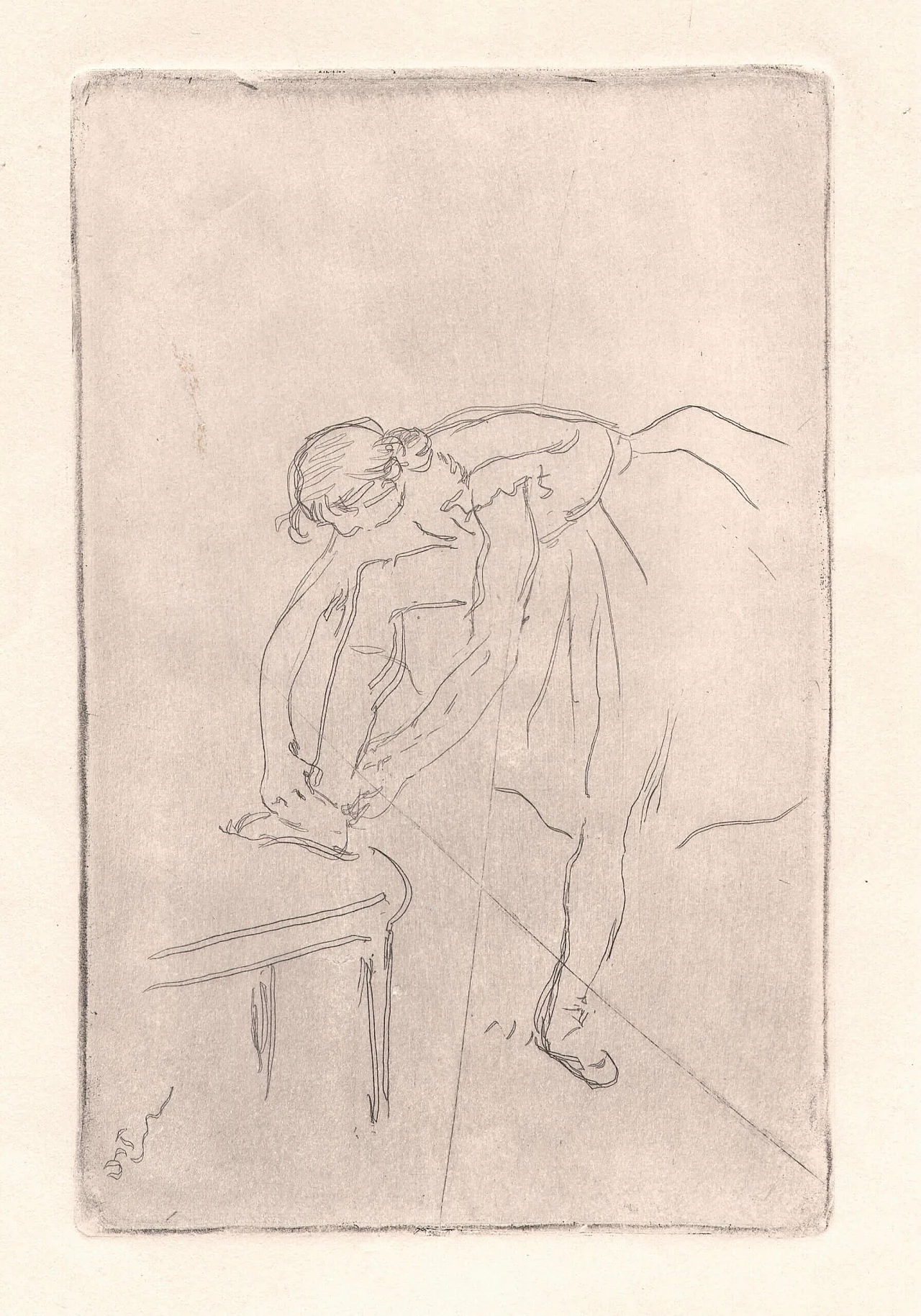
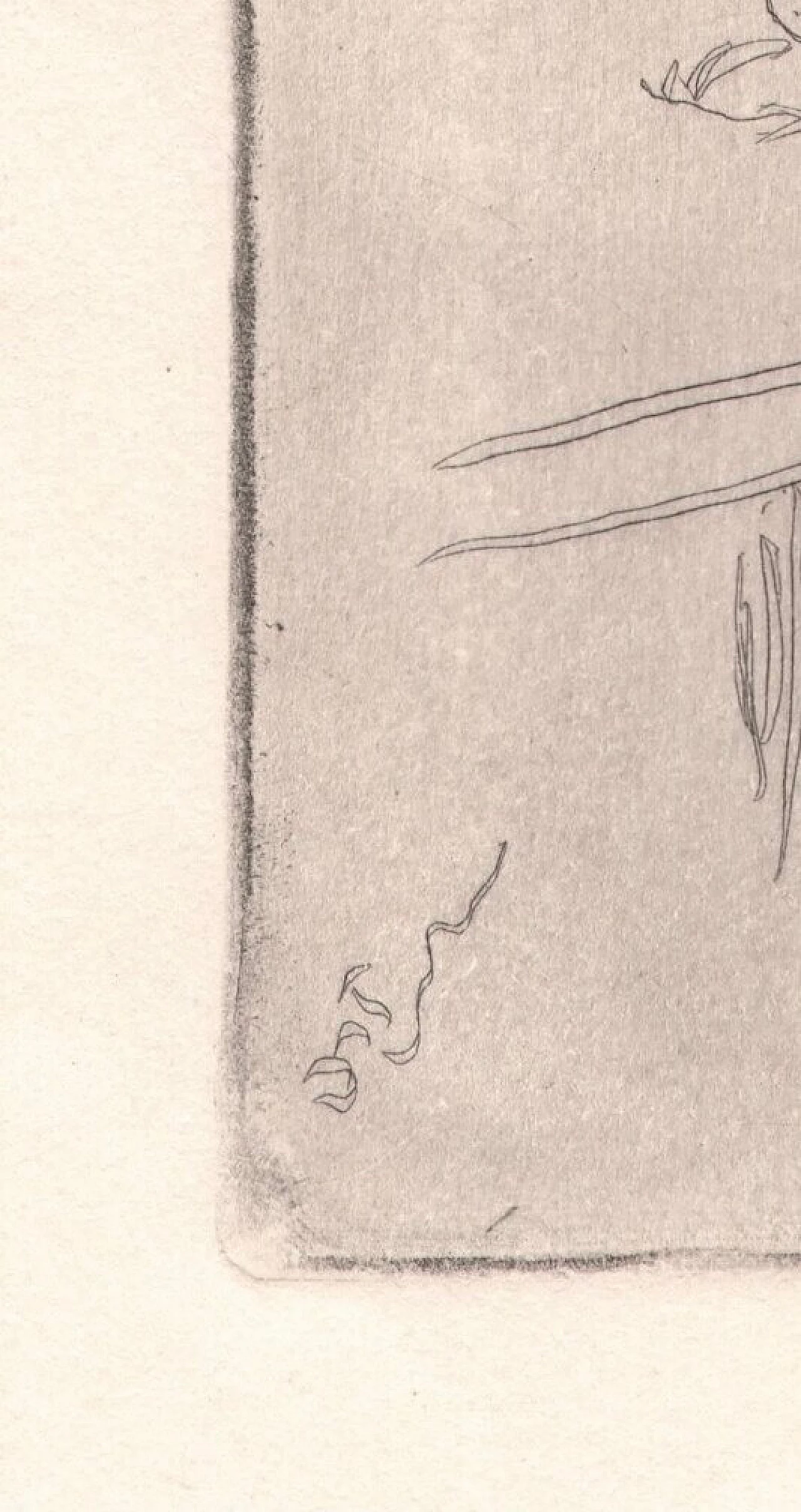
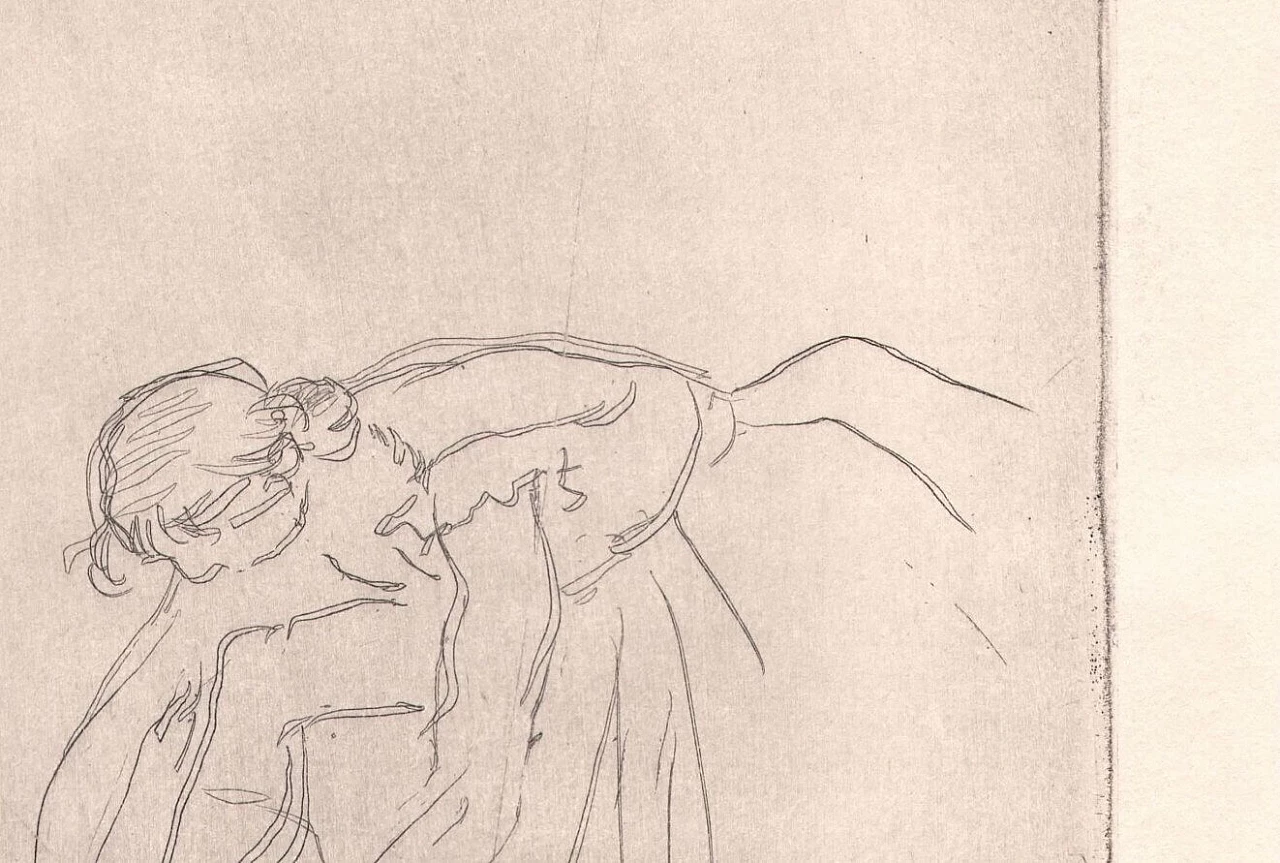
 SILVER Seller in Milano, Italy
SILVER Seller in Milano, Italy






.png)





